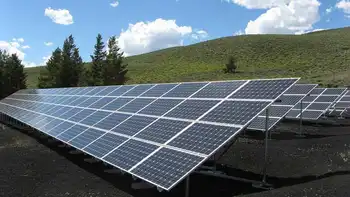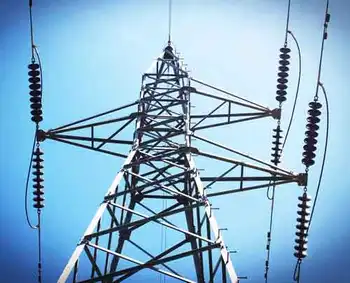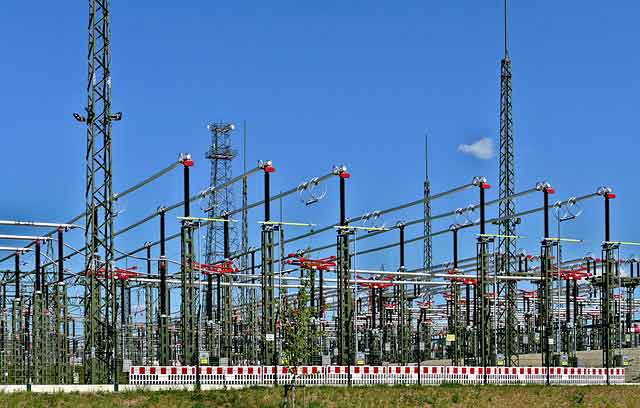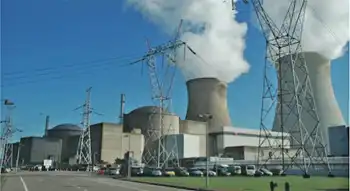Canada faces pressure to align with U.S. green plans
By Globe and Mail
High Voltage Maintenance Training Online
Our customized live online or in‑person group training can be delivered to your staff at your location.

- Live Online
- 12 hours Instructor-led
- Group Training Available
“There are clearly measures (being planned in the United States) that would have trade-related consequences for Canada if we don't have equivalent environmental legislation in place,” Mr. Prentice said in an interview in his Parliament Hill office.
A bill introduced in the House of Representatives would impose border duties on importers whose home governments are deemed to be lax in limiting the amount of greenhouse gases their industries can emit, and would offer rebates to energy-intensive industries to help with the cost of compliance.
Mr. Prentice acknowledged that Canada would have to adopt regulations and enforcement standards “comparable” to whatever the Obama administration and Democrats in Congress eventually pass.
At the same time, he said, Canada, the United States and Mexico are discussing ways to strengthen the North American free-trade agreement's environmental side agreement to manage trade-related climate-change issues better.
The U.S. bill would set strict limits on the amount of greenhouse gases that industries are allowed to emit, and President Barack Obama has given it broad support.
As a result, Ottawa would align its overall reduction targets, reporting rules, enforcement mechanisms and regulations for specific industries with whatever system emerges in the United States, Mr. Prentice said.
Ottawa announced the broad framework of its proposed greenhouse gas regulations two years ago, and would require companies to cut their carbon emissions in relation to their actual output rather than to specified levels.
It has yet to produce reduction targets for different industries, or the detailed regulations that are to come into force in 2010. Mr. Prentice said he hopes to unveil those rules before November, as he works to satisfy the Americans, on the one hand, and oil-producing provinces of Alberta and Saskatchewan on the other.
Critics have complained that Ottawa's intensity-based approach would allow the oil industry to increase greenhouse gas output dramatically as it expands production from the emission-intensive oil sands, because companies would only have to reduce their emissions by a percentage.
Mr. Obama and Democratic congressional leaders have said they want the climate-change legislation passed before an international meeting in Copenhagen in November that aims to reach a successor to the Kyoto Protocol, which expires in 2012.
However, they face an uphill battle to win votes from U.S. Republicans and conservative Democrats, especially those who represent coal-producing states in the Midwest.
The Calgary-based minister said that the Americans may need to compromise, and have not decided on the shape of their regulations.
“It's clear they are talking about a system that has flexibility,” Mr. Prentice said. “It's too early to say how we will resolve those questions of architectures between ourselves and the Americans.”
Ottawa has said it would reduce emissions by 20 per cent below 2006 levels by 2020, an overall target that is roughly in line with U.S. goals. But environmentalists say the government's regulations will fall far short of what is needed to meet that target.
U.S. politicians worry that industries and jobs will be lost if Washington adopts aggressive national greenhouse gas emission caps while major trading partners opt for less onerous regulations.
Mr. Prentice said the concern is legitimate, especially since the shift of investment to environmental laggards would undermine the effort to reduce global emissions.
Under the bill, introduced by California Representative Henry Waxman and Ed Markey of Massachusetts, the U.S. government would target energy-intensive industries, including steel, aluminum, cement, glass, pulp and paper and chemicals. Where domestic industries lose market share to importers due to an unfair environmental advantage, those foreign companies would have to purchase “emissions allowances” to equalize the burden.
Canadian business lobbyists warn that U.S. proposal – and alternatives that have similar impacts – would provide Washington with a protectionist stick to wield against competitors.
Chinese officials have also reacted strongly to recent comments from U.S. Energy Secretary Stephen Chu that the administration could use environmental tariffs as a “weapon” against countries that don't have acceptable climate-change policies.











